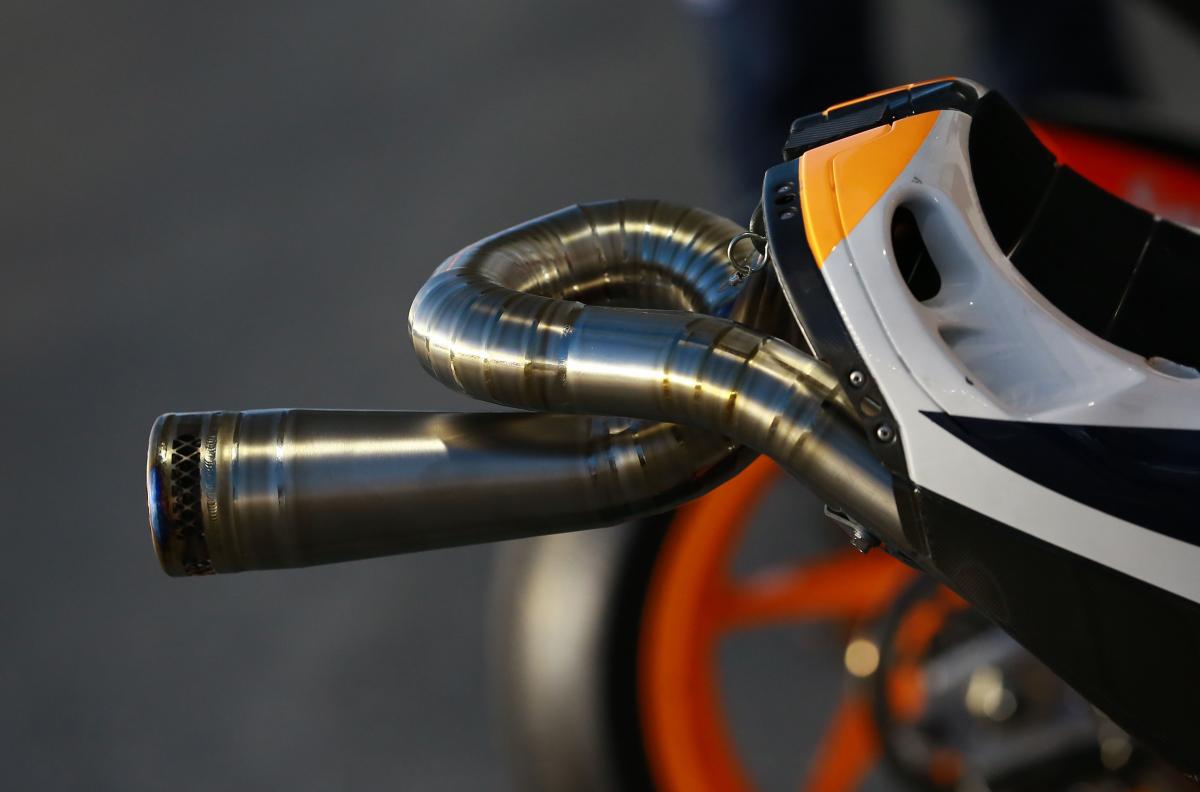MotoGP: Suzuki view concession loss as a 'positive'

Team boss Davide Brivio feels Suzuki's loss of technical concessions for 2017 will not impede the factory's continued development in the MotoGP class, and instead feels it reflects the rapid progress made in just two years.
For the first time since its return to the premier class in 2015, Suzuki will start the season in the same situation as Honda, Yamaha and Ducati - with engine development frozen, a reduced number of engines, and limitations to testing during the season.
The Italian feels it is "more exciting" to compete on a level playing field with the class' leading lights, and questioned the extent to which a factory can notably improve an engine throughout the season, having attempted to do so in the past two years.
The concessions it had enjoyed in both 2015 and '16 were lifted courtesy of Maverick Vi?ales' four podium finishes in France, England, Japan and Australia, with a points system based on where a rider finishes in the top three in place determining whether extra privileges are still necessary for a factory new to the class.
.
Vi?ales' results were all the more impressive considering they were achieved without the benefit of soft tyres and extra fuel, a benefit Suzuki enjoyed over Honda, Yamaha, and latterly Ducati, in 2015.
"It's positive because of course we are more happy that we got these sort of results," Brivio told Crash.net at the tail end of 2016.
"So one victory, three podium, rather than stay and taking advantage some concession. But then so what?
"You need to take advantage from the concessions to become competitive. We are more competitive, it's correct. First of all, I'm happy because we scored four podiums including one victory, and this is a great achievement for us.
"Also I'm happy because I like to challenge everybody else in the same conditions. So if we have to challenge Honda, Yamaha, and Ducati, it's much more exciting to do in a same situation.
"I'm also happy this year [2016] compared to 2015. We have the same tyres. Last year [in 2015] somebody will say, but soft tyre is helping, whatever. This results come in equal conditions and it's much more exciting.
"Also, to develop an engine, at the end of the day, is not so easy anyway because I believe first of all to have the possibility to develop engine it's only useful if you made a mistake on engine spec."
Brivio also expressed the opinion that the 'freeze' on engine development is no longer necessary four the top four factories, as manufacturers tend to bring at least three engines to the opening round of the year.
As the engine limit per rider stands at seven for the season, a great amount of time and resources would be needed to change just a small number of motors.
"In my opinion is not even longer necessary to freeze the engine," he continued, "because if you have only seven engines available, automatically the possibility of developing are very limited.
"If you go to Qatar and you already put in the bike two engines, normally you should have the third and the fourth engine as a spare, probably in the garage. So it means you already kind of built four engines.
"Then you can make one step on development, but you have to be careful on engine management because you can introduce the new engine when let's say the old one has reached enough mileage, otherwise you waste it.
"So you have to wait a few races anyway before to introduce the new development engine. Then you have to wait a few more races anyway. So I will say that probably you can update the engine a couple of times in a year, but no more than that.
"So even without the freezing of fuel, it will not be a crazy development revolution of a situation. You could probably do once, maximum twice. So that is the only thing that I will say maybe we really lose."
For the 2017 season, only Aprilia and KTM will retain technical concessions as they bid to close the gap to the leading four manufacturers.
